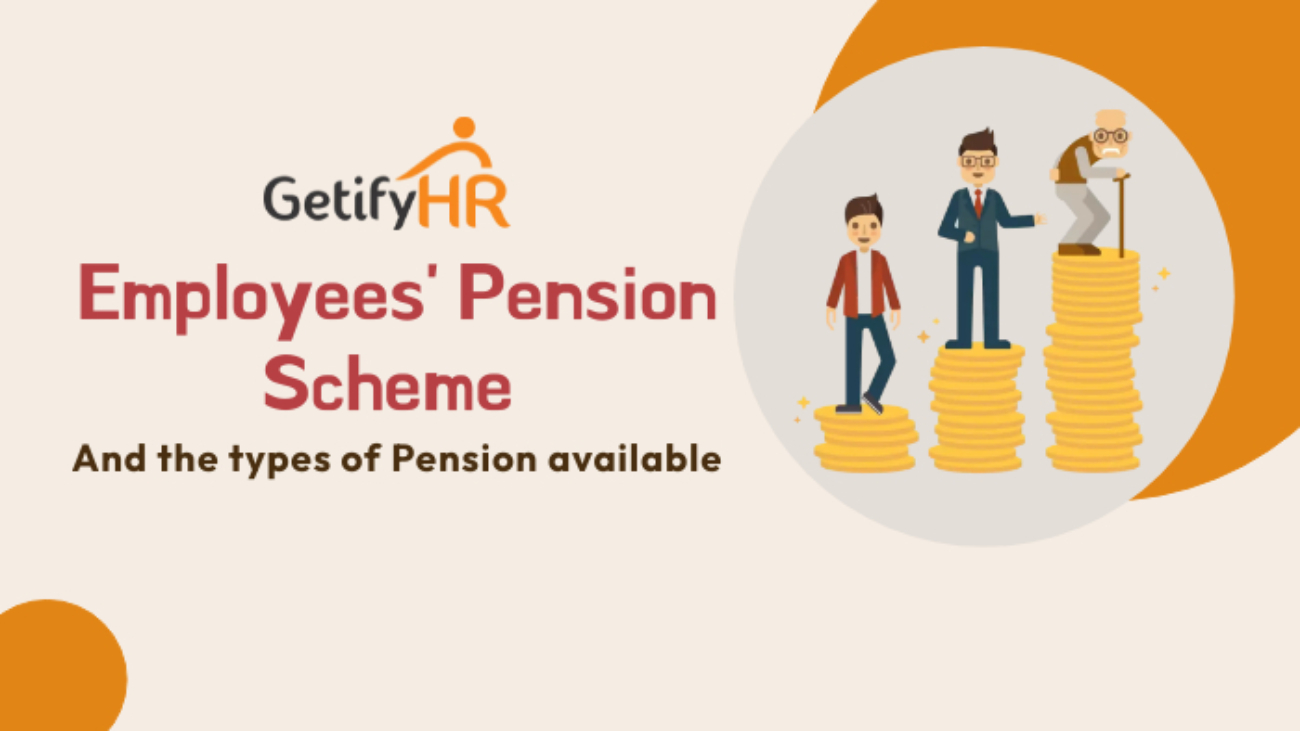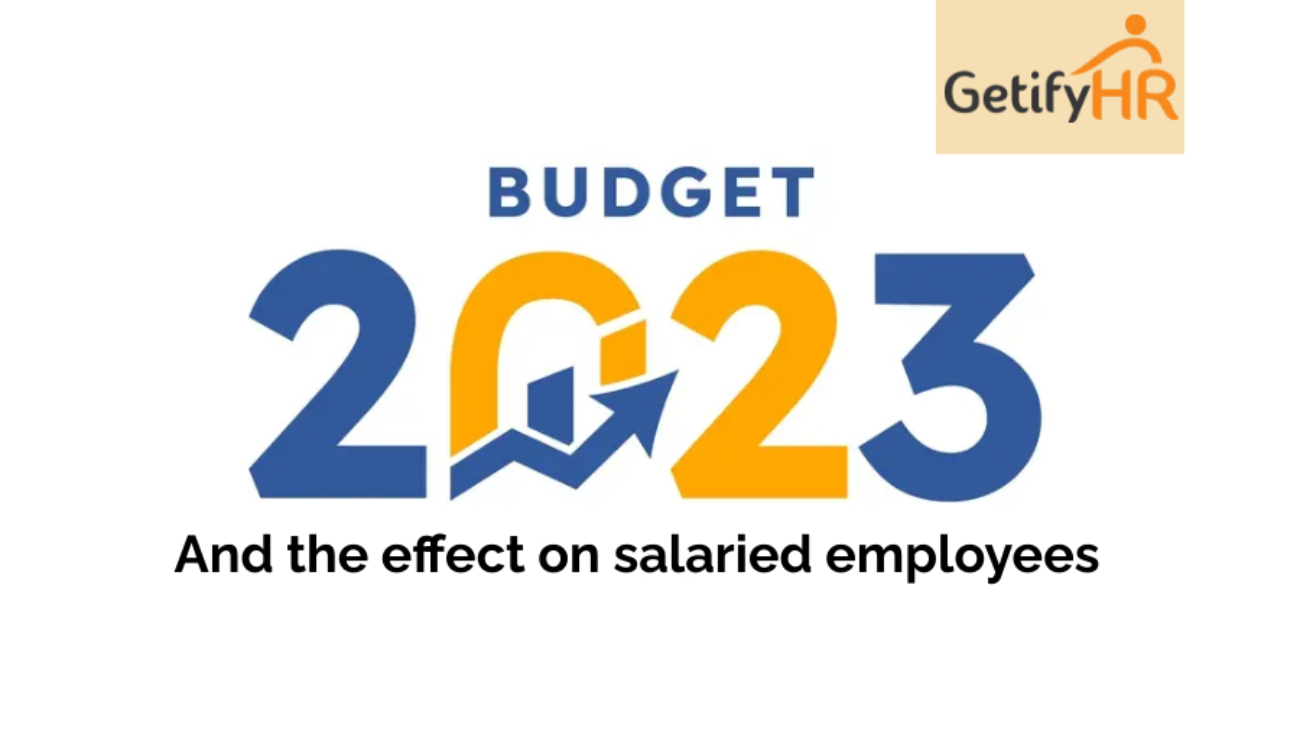The Employees’ Pension Scheme (EPS) is a social security scheme administered by the Employees’ Provident Fund Organization (EPFO). Launched in the year 1995, the scheme provides for employees working in the organized sector pension after their retirement at the age of 58 years. The benefits of the scheme can be availed by employees who have put in service for at least 10 years and this does not have to be continuous service. The scheme allows both existing and new EPF members to avail the benefit.
The pension fund is created from the contribution made by the employees and employers towards EPF.
Both the employees and the employer contribute 12 percent each of the basic salary towards the fund of which the entire share from the employees is contributed towards EPF, whereas, 8.33 percent of the employer share is contributed towards EPS, and the balance of 3.67 percent is contributed towards EPF every month. The government of India contributes 1.16% of your average salary (Basic Wages) towards this fund.
EPS eligibility criteria
To be eligible to avail of the benefits under the Employees’ Pension scheme, the employee should be a member of EPFO. Apart from this, the following conditions apply.
- The employee should have completed 10 years of active service (need not be continuous service) along with an active contribution towards the pension fund for the same number of years. If an Employee is still in service and hasn’t completed 10 years, EPS amount cannot be withdrawn.
- Should have reached the age of 58 years.
- Should have attained 50 years of age to withdraw EPS pension at the lower rate.
- Can delay the withdrawal of pension by 2 years i.e., till he reaches 60 years, to be eligible to get pension under EPS at the additional rate of 4% annually.
- If a member becomes totally and permanently disabled he is entitled to a pension irrespective of whether the member has served the pensionable service period or not.
How to calculate Pension under EPS?
To calculate the pension we have to understand two terms, and they are Pensionable salary and Pensionable service.
Pensionable Salary
Pensionable salary is the average salary in the last 60 months before exiting the scheme. During the 60 months, if there are non-contributory periods, these periods will not be considered and the benefit of the days of non-contribution would be given to the employee.
Pensionable Service
The actual duration of employment is the pensionable service of the individual. Service periods under different employers are all added together at the time of calculating the pensionable service periods.
The minimum pensionable service period is 6 months and, therefore, the service period is considered on a 6-monthly basis. For an individual who has put in service of say, 9 years and 2 months, the pensionable service is considered as 9 years. Likewise, if the service duration is 9 years and 10 months then the pensionable service is considered 10 years.
The Calculation
The Pension amount due to an employee depends on the pensionable salary of the member and the pensionable service. The Pension amount is calculated on the following formula:
Monthly Pension due to a member = Pensionable Salary x Pensionable Service/70
The maximum pensionable salary as per EPS is limited to ₹ 15,000 per month. Considering that the employer contributes 8.33% of the salary in the employees’ EPS account, the amount deposited into the account every month is
₹ 15,000 x 8.33/100 = ₹ 1250
Monthly Pension due to a member = Pensionable Salary x Pensionable Service/70. For a person who has put in 20 years of service the pension will be:
₹ 15,000 x 20/70 = 4285
What are the Benefits of EPS?
All eligible members of EPF can avail of pension benefits in accordance with their age from when they decide to withdraw their pension. The pension amount will vary in different cases.
-
Pension at the time of Retirement.
An employee becomes eligible for pension benefits once he/she retires at the age of 58 years. During this period of service the member should have been in service for 10 years (this need not be continuous). A certificate is generated that can be used to withdraw monthly pensions by filling out Form 10D.
-
Pension on leaving service prior to becoming eligible for monthly pension
This benefit is available to an individual who has not put in 10 years of service before attaining the age of 58 years. The member can withdraw the entire sum on attaining 58 years by filling out Form 10C.
-
Total Disability Pension
A member who suffers total and permanent disability is entitled to receive a monthly pension irrespective of the fact that he has not fulfilled the pensionable service period. The employer has to contribute to his EPS account for at least one month to be eligible for the pension.
The pension has to be paid from the date of permanent disability and is payable for a lifetime. The member has to undergo a thorough medical examination to identify whether he is unfit for the job that he was performing before becoming disabled.
-
Pension for the Family after the death of the member
The family of the member becomes eligible for pension benefits in the following cases
– In case of the death of the member while in service and the employer has deposited funds into the EPS account for at least one month
– In case the member dies before attaining 58 years but has put in 10 years of service.
– In case of the death of a member after the commencement of the monthly pension.
Different Types of Pensions under EPS
EPS offers different types of pensions. They include pensions for women, children, and orphans and these provide additional income to the family member of the subscriber.
-
Widow Pension
Widow Pension or Vridha Pension as it is also known is applicable to the widow of the member eligible for pension. The pension amount will be payable until the death of the widow or until her remarriage. In cases where there is more than one widow, the pension amount will be payable to the eldest widow. The minimum pension amount is ₹ 1,000 and the ceiling for the pensionable salary has been increased to ₹ 15,000 from the earlier ₹ 6,500. Hence higher pensions will now be available.
-
Child Pension
In the event of the death of a member, a monthly child pension is applicable for the surviving children in the family in addition to the monthly widow pension. Child pension will be paid till the child attains the age of 25 years. The amount payable is 25% of the widow’s pension and will be paid to a maximum of two children.
-
Orphan Pension
In case the member dies and does not have a surviving widow, then the children are entitled to receive a pension under the scheme. The benefit will be available to two surviving children and they will get 75% of the value of the monthly widow pension.
-
Reduced Pension
Under the EPS scheme, a member can withdraw early pension if he or she has not attained 58 years but has reached 50 years on condition that they have actively contributed towards EPF for 10 years or more. The value of the pension is slashed by 4% for every year the age is less than 58 years. On attaining 58 years the pension will be paid at the actual rate.
Pension Forms that are to be submitted to avail of benefits
A member or family member eligible to receive the pension has to submit the following forms to avail of the pension benefits.
FORM 10C
Form 10C is for claiming a withdrawal/Scheme Certificate. The form can be used by:
- Any member who has left the employment before completion of 10 years of service.
- Any member who has attained 58 years before completion of 10 years of service irrespective of whether the member is in service or has left service.
- A member who has completed 10 years of service on leaving service but has not attained the age of 50 years on the date of applying or
- If a member has attained the age of 50 years or more but less than 58 years and is not willing for a reduced pension.
- The family members or legal heirs or nominee of a deceased member who had died after attaining 58 years of age but had not completed the eligibility criteria of 10 years of service.
FORM 10D
Form 10D is the normal form that a member needs to fill to withdraw pension under the following conditions:
- Retirement Pension by a member on attaining 58 years of age, whether in service or not.
- By a member who leaves service after the age of 50 years but below 58 years and opts for a Reduced Pension.
- To claim Disablement Pension by a member on leaving service due to total and permanent disablement.
- For claiming widow and child pension by the family (spouse and children) on the death of the member.
- For claiming Orphan Pension by surviving son/daughter on the death or remarriage of the spouse of the deceased member.
- For claiming Nominee Pension by nominee declared by the member through his/her Form 2(R) in case the member had no family (spouse and children).
- For claiming Dependent Pension by the dependent father or mother of the deceased member who died without a family (spouse and children) and failed to nominate a person for claiming the pension.
Points to remember about EPS
- The employee does not contribute towards the fund. The employer makes all contributions towards EPF.
- From the 12% contributed by the employer, 8.33% goes towards EPS.
- The employees’ pay is made of Basic wages, retaining allowance, and admissible cash value of food concessions.
- The employer has to contribute within 15 days of the close of every month.
- The employer should meet all the applicable costs involved.
- The principal employer is responsible for making contributions for all employees working for him directly or under a contractor.
- The minimum service period to be eligible for availing pension benefits is 10 years.
- In case an employee has completed less than 10 years of service but has served for more than 6 months, you can withdraw the EPS amount on being unemployed for more than two months.
- The scheme has fixed 58 years as the age for retirement.
- On reaching the age of 58 a member ceases to be a member of the Pension Fund.
- An employee who starts availing reduced pension at the age of 50 ceases to be a member of the Pension Fund.
Conclusion
The Employees Pension Scheme has been a great boon for employees especially post-retirement. Like all other social security schemes, it has provided a lifeline to employees who have retired or who have opted for pension before reaching the retirement age of 58 years. Where the EPS member has died during service or post-retirement it has extended this benefit to the family members, namely the spouse, and children.
Overall, the scheme has brought cheer to a great many families whose bread-winner had either retired or had become fully disabled due to an accident or disease.
GetifyHR, one of the leading Payroll and HR management outsourcers in the region have assisted numerous clients spread across the country in handling not only the Payroll and HR activities but also have supported the employees to get their due benefits from the various government agencies that are promoting schemes to support them. An association with GetifyHR will not only ease the pressures in the workplace and promote growth but will also provide support to the employees in multiple ways.


